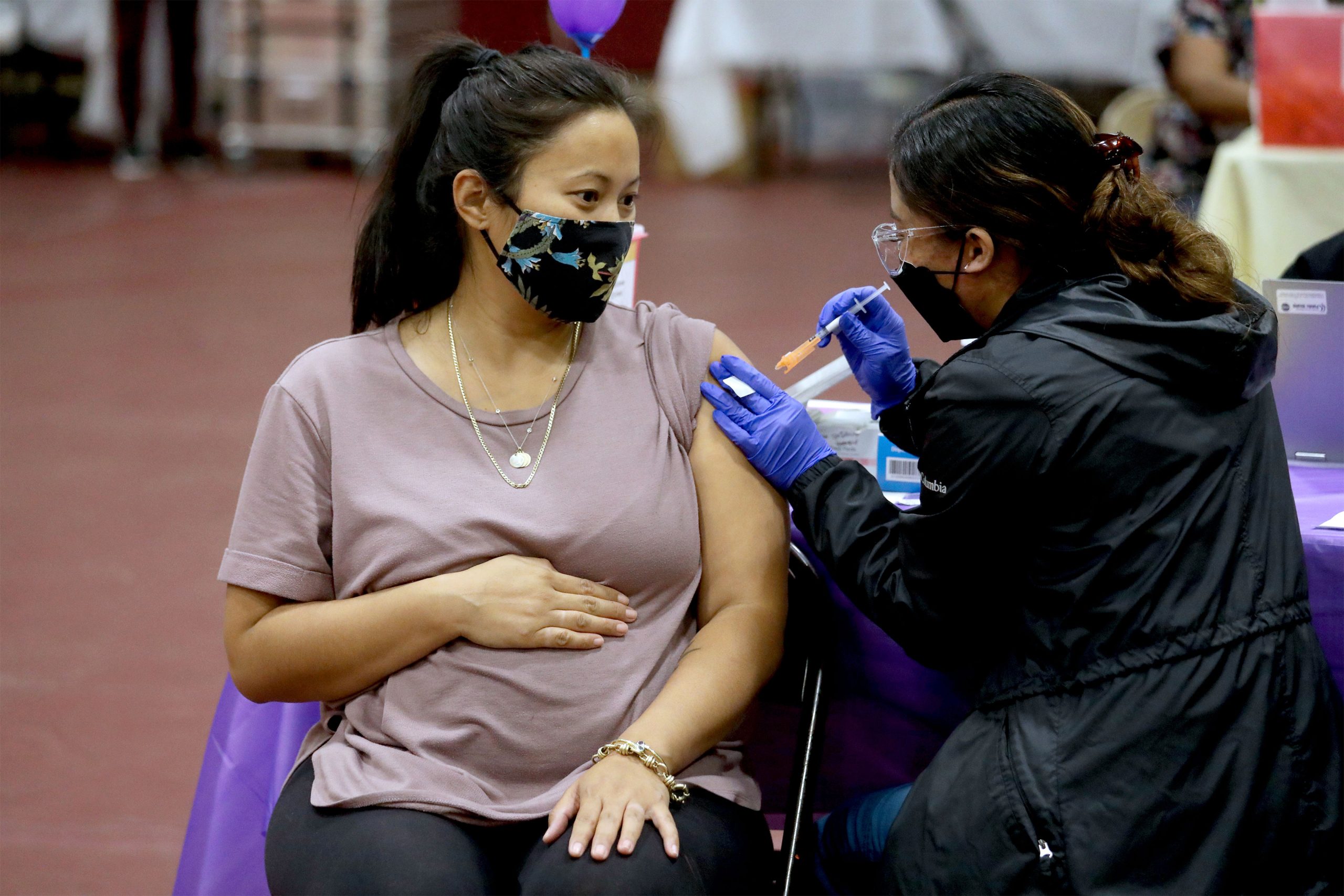The post below originally ran on the Better Health blog on May 5th.
It’s no secret that doctors are disappointed with the way that the U.S. healthcare system is evolving. Most feel helpless about improving their work conditions or solving technical problems in patient care. Fortunately, one young medical student was undeterred by the mountain of disappointment carried by his senior clinician mentors and had the courage to tackle the problem head-on. Three years ago, Avik Som organized “Problem Day” at his medical school (Washington University School of Medicine in St. Louis, MO) and invited his professors to an unrestricted “open mic” venting session.
Representatives from the departments of surgery, medicine, pediatrics and neurology attended. They described their frustrations and day-to-day struggles with the students for 3 hours straight. After decades of service to suffering patients, it was the first time that anyone had asked them to share their own stories.
And borne out of this collective catharsis was IDEA Labs (a 501c3 ) – a student-driven movement to tackle clinician problems with fresh ideas and the energy of youth. I attended the third annual “DemoDay” (also known as “Solution Day”) presentations in St. Louis this week and was amazed by the breadth and depth of the student solutions to specific clinical problems. From plastic ties to hasten renal surgical procedures to energy efficiency units for hospital HVAC systems – the ideas spanned many technical knowledge domains, and investors in the audience paid rapt attention.
This year’s first-place winning idea was the Cystoview adaptor. Bladder scopes (or cystoscopes) represent a surprising 0.5{c754d8f4a6af077a182a96e5a5e47e38ce50ff83c235579d09299c097124e52d} of Medicare’s total annual expenditures. Yet they still rely on old analogue technology and their images are difficult to share and transfer. The Cystoview device converts any cystocscope from analogue to digital, and images can be uploaded anywhere – from a desktop computer to a smart phone. Once collected, digital images can be mapped and reconstructed into a 3-D bladder scan so that surgeons can plan to more effective tumor resections. In addition, having the cystoscopes go wireless reduces the risk of infection associated with cords dragging across surgical fields.
IDEA Labs is unusual for several reasons. First, it was designed as a joint venture between professional schools at Washington University – Avik Som wanted to draw talent from Engineering, Business, Law, and Sciences to create multi-disciplinary student teams. The cross-pollination of student ideas can lead to some especially creative solutions.
Second, students retain 100{c754d8f4a6af077a182a96e5a5e47e38ce50ff83c235579d09299c097124e52d} of the intellectual property associated with their solutions. So whether they design a specialized lumbar puncture chair, digital cystoscopy device, wheelchair storage mechanism, or new blood test for cancer, they are responsible for pitching their idea to angel investors and creating a business plan that will bring their ideas to market.
Third, IDEA Labs is student-driven, and therefore agile and independent from the administrative and political hurdles that can slow down innovation at academic medical centers.
Last year IDEA Labs students raised $300K in venture capital funding for their ideas. This year, they raised $1.5M. They are also actively franchising their student innovation model to other schools across the country.
Ramin Lalezari is a second year medical student and Director of Recruitment for IDEA Labs’ Executive Board. He is also an American Resident Project fellow (an organization that seeks out promising young medical students and residents and supports their writing talent – they also sponsored DemoDay this year). I got the chance to catch up with him at DemoDay. He described how he got involved with the project as a first year student, and worked with a team of engineers to design a system that detected pre-syncope in hospitalized patients, reducing the risk of possible falls.
“When I heard that medicine lags 50 years behind technology, I was horrified. Why do we still have pagers and fax machines?” huffed Lalezari. “We must do better. Students themselves will drive technology and innovation. We are going to build a network of incubators across the U.S., using telemedicine when appropriate. If a student in Los Angeles is passionate about solving a urology problem with engineers in St. Louis, then we will facilitate it. The student project manager pitches his idea, and students nationwide can sign up to help. Some of these design ideas are going to change the face of medicine. That’s our end game.”
I asked Lalezari if IDEA Labs would draw students away from practicing clinical medicine.
“There is no doubt that these projects require a time commitment. A few teams have disbanded due to the overwhelming burden of studying for exams. So some are quitting IDEA Labs. On the other hand, I’ve heard of some students who become so invested in their ideas that they talk about making a career out of it.”
“Are other medical schools developing their own IDEA Labs model for entrepreneurship?” I asked.
“There are 24-hr ‘hackathon’ models out there, and senior design projects that are formalized courses. IDEA Labs projects are 9 months long, with mentor-guided progress reports every 2 months. Most schools foster entrepreneurship from the top down – administrators and professors drive the ideas and the schools retain the intellectual property. I think that the bottom up approach resonates much more strongly with students.”
IDEA Labs may have turned the long-entrenched apprenticeship model of healthcare innovation on its head. No longer are students vying for the honor of supporting the design ideas of senior physicians in unpaid or underpaid internships. They are identifying problems and solving them in teams of peers without the hierarchy imposed by academic-driven projects. They have leveled the playing field and stand to gain a lot more from their hard work than ever before.
Although medicine may still be a dinosaur when it comes to technology adoption and innovation, the IDEA Labs students are replacing the soloist T. Rexes with team-working Raptors. And that represents a true leap forward in the evolution of healthcare.
***Demo Day was sponsored by The American Resident Project and J&J Innovation. For more information about how to get your school involved with IDEA Labs, please contact wustl.ideas@gmail.com.
SOURCE: Disruptive Women in Health Care – Read entire story here.



